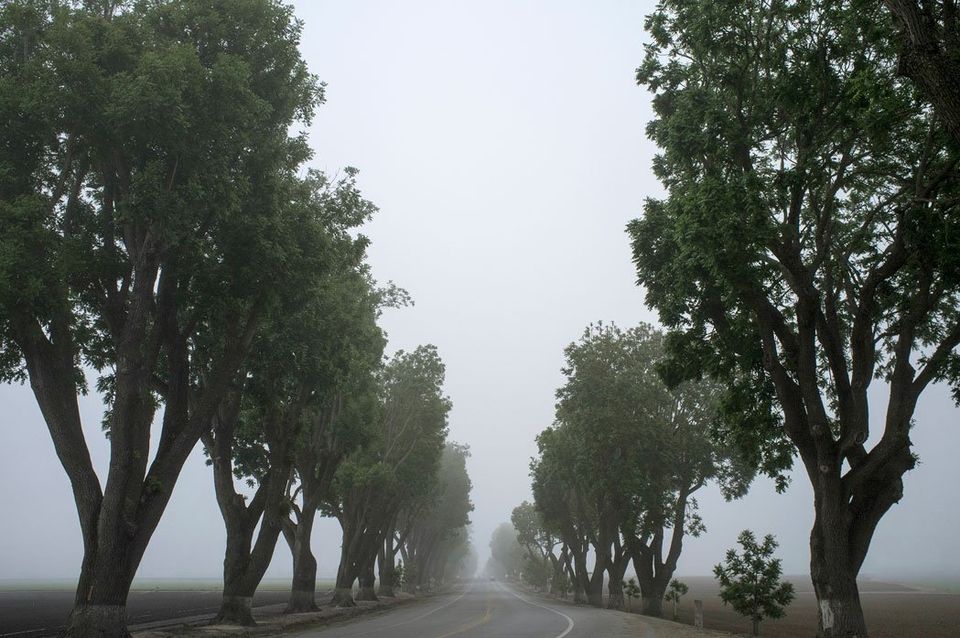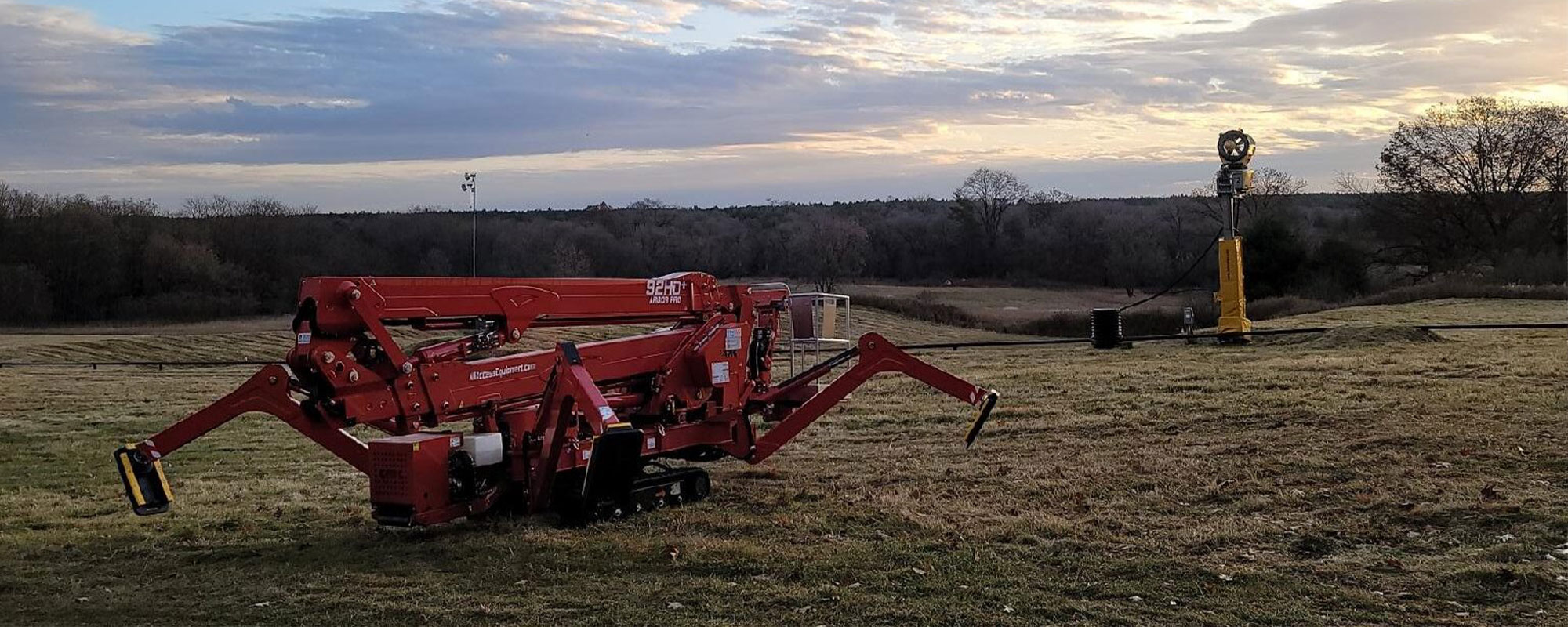
11 Mar Protecting Your Trees
In this post, we’ll be discussing some of the most common diseases and pests to your Wisconsin trees and the practical steps you can take to help protect them.
Oak Wilt is an extremely common ailment of Oak trees in our area. Unfortunately, oak wilt can be difficult to determine just by looking at it, so it’s suggested that you have some of the tree’s material tested. Samples can be sent to the Plant Disease Diagnostic Clinic in Madison for a small fee.
If your tree doesn’t yet have oak wilt, you can help protect it by taking several steps:
Springtime is the prime disease spreading time for trees. A sap eating beetle, most active in the springtime, helps to spread the fungus, so once daytime temperatures reach over 50 degrees, its suggested that you refrain from cutting, pruning and wounding the tree after this point in the year, generally April to October. If you must trim your oak, be sure to cover the wound with wound paint immediately.
If you plan to remove your infected tree, burning it in place is considered the best option, if possible. If you take down an infected tree for use, the firewood you get from it needs to be used up by April.
Needle blight and needle cast are fungal infections in pine trees that cause browning in the needles and needle loss. Blight attacks the lower branches on the tree and is controlled with fire. Cast is more active when a tree is in stressful conditions such as being planted in areas they don’t belong.
Related: How to Properly Plant Your Tree
Emerald Ash Borer
Emerald Ash Borer is a beetle that many people are fighting in this area. It attacks and eventually kills Ash trees. There are many signs that lead to emerald ash borer infestation. First you may notice your trees crown is dying back and that there’s new growth toward the base of the tree. Upon closer inspection you may notice D shaped exit holes in the trunk of the tree and vertical bark splits. If you remove the bark, you’ll notice S shaped galleries, as their called, which are essentially trenched paths in the wood from where the larvae have fed. If you have an ash tree which you’d like to protect against the ash borer beetle, you can start with insecticides. These protect individual trees and typically require repeat treatments throughout the life of the tree. To help prevent the spread of the beetle, careful handling of the firewood is required. Buying firewood within 10 minutes of where you plan to burn it and leaving any remaining, unburned firewood behind, keeps any potentially infected wood from crossing into an uninfected area. Larvae of this beetle can survive for up to 2 years on the dead wood, beneath the bark.
The Gypsy Moth
The gypsy moth will feed on over 300 tree species and can defoliate and entire tree and entire forests during population surges. The only good way to protect your trees from them, is to know what all life stages of the moth look like and to remove and destroy any that you find. They like to lay their eggs on anything that’s been outside for an extended period of time. Check firewood, trees, logs, outdoor furniture, vehicles, and signs.
Tent caterpillar populations are known to boom and bust over the years. In a time of outbreak, they can heavily deforest an area. To protect your trees you can remove egg masses, turn off your exterior lights to keep the moths from being drawn to your area, use insecticides, completely soak an individual caterpillar in soapy water, and use a sticky band as a barrier around the trunk of the tree to keep them from reaching the leaves.

